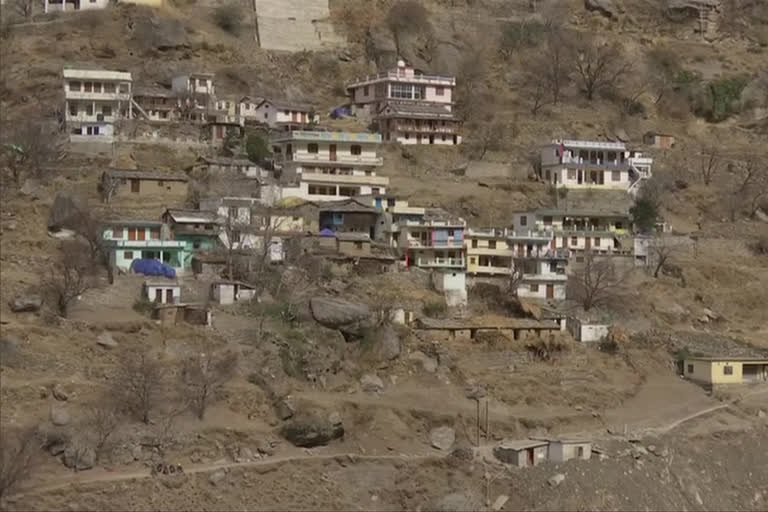Patna: Climate change took 31 lives so far in Uttarakhand after the glaciers burst at Chamoli district. More than 200 people are still missing.
Learning lessons from one of the biggest natural disasters in the form of avalanches and sensing the impact of climate change and global warming Bihar government has taken a crucial decision on this front.
Bihar State Pollution Control Board (BSPCB) has decided to sign an MoU with the United Nations Environment Programme (UNEP) to minimise the carbon emission to ensure low carbon pathway in the state.
As per the MoU, UNEP will suggest measures to mitigate carbon emissions through various sources. The effect on the greenhouse occurs due to several hazardous gases like carbon dioxide, sulphur dioxide, carbon monoxide, methane and other nitrantoxide.
Some of the others particularly responsible for high carbon emission include petrol, diesel, industrial pollution, agricultural production cow dung, fertilizer and construction work. The brick-kiln industry and electrical appliances contribute to maximum carbon emission.
ChloroFluoroCarbon is used in different electronic appliances, speciality refrigerators and air conditioning which hamper the ozone layer most.
Speaking over the issue, Ashok Kumar Ghosh, president of the BSPCB said, “Greenhouse gets affected by the carbon emission. Our purpose is to minimize carbon emissions because you cannot make it zero. There are sources of carbon emission like petrol, brick-kiln and industrial pollution. Nature has also provided shrinks to carbon emission which releases in the atmosphere in the form of CO2.”
Also read: WATCH: ETV Bharat's ground zero report from rescue site in Uttarakhand
He further said, “These shrink are wetland, rivers, forest, green cover and sea. If there would be balanced between the source and shrinks then there would be less greenhouse gas, less global warming and temperature will not rise. If emission would be more and shrinks will not work properly then it would have a cascading impact on the climate. On the place of shrinks, it starts working as a source. This initiative has been taken to make the balance between source and shrinks.”
Many types of diseases occur due to emission of carbon and If things fall in the right place, there would be time when emissions of carbon will reach to its beneath.
Bihar government initiative will not only make the state environment clean but also ensure less impact on people's health.
City doctor Diwakar Tejashwi stressed that due to carbon emissions lungs get affected resulting in diseases like bronchitis. He further said that if the level of carbon will increase the oxygen level will go down and several other diseases can happen to humans.
“We all are very concerned about the environment issue and the Bihar government has already made the road map in which several departments are involved. Jal Jivan Hariyali programme is already started by the agriculture department. Seeing all this we have chalked out a strategy to study the present environmental scenario and accordingly we have decided to sign an MoU with UNEP on 12 February in New Delhi. As per MoU, it will take two years for the study after which we will discuss the plan with other departments, “said Deepak Kumar Singh, principal secretary environment, forest and climate change department.
The other department who will play the role of stakeholders includes the transport department, urban development and housing department, road construction department and other departments engaged in constructions.



